you got a katana. great. but now what? holding it right is where everything starts. and no, it’s not just grabbing the handle and swinging like in anime. let’s keep it simple, clear, and actually useful.
Katana grip: both hands, different jobs
you use both hands. always. unless you’re doing something very specific.
- left hand goes at the bottom of the handle. this is your power, your anchor.
- right hand near the guard (tsuba). it’s more about control and guidance.
hold it firm, but not like you’re choking it. don’t crush the handle. think: strong but relaxed. like you’re holding something alive.
keep a small space between your hands. don’t let your palms touch. that gap helps you move better.
Fingers: small ones do the work
surprise: it’s your pinky and ring finger doing most of the gripping. not your thumb. not your index.
- thumbs just rest. no squeezing.
- index and middle fingers are for adjusting, feeling, guiding.
this grip lets you move fast, change direction, cut clean.
Katana stance: balanced, not stiff
your feet? shoulder width. maybe a little more.
- knees slightly bent.
- back straight. shoulders down. chin level.
- sword out front, angled a bit. elbows relaxed, arms curved.
don’t lock your legs. don’t stand like a statue. you need to move. flow.
Katana blade angle: edge up or down?
katana edge usually faces up, especially when drawing from the scabbard (saya). when in chūdan-no-kamae (middle stance), blade points straight forward, targeting opponent’s throat.
but in jōdan-no-kamae (high stance), sword is lifted above your head, edge down, ready to strike in one smooth motion. yes — edge down, not up.
Don’ts: stop doing these
- don’t grip with just your right hand. left hand leads.
- don’t twist your wrists weirdly.
- don’t keep elbows glued to your ribs.
- don’t grip like you’re scared. or angry. both ruin flow.
Katana correct grip focus: left hand = power, right hand = control
okay, real talk. if you’re using your right hand to power the cut, you’re doing it wrong.
- left hand is the engine — it pulls, it drives the movement.
- right hand is the steering wheel — it guides, it adjusts.
- both hands have jobs, but not the same job.
if both hands are trying to muscle it — especially the right — you’ll end up fighting your own blade. it’ll feel stiff. off-balance. awkward.
good grip means control. not tension.
the blade should never feel wild or dead. it should feel alive in your hands — responsive.
slow down. feel the weight. let the katana move and you move with it.
don’t force it. stay relaxed. keep control. feel what the sword is doing — and listen.
Katana swing tips: real use
okay, you’re holding it. now swing.
- right hand pushes.
- left hand pulls.
- blade cuts with its own weight — don’t muscle it.
- follow through with hips. not just arms.
- eyes on the target. not on the sword.
start with slow, clean reps. cut air before you cut mats.
Remember: katana moves with you
when you hold it right, it’s not a sword — it’s part of your body. your extension. bad grip? it fights back. good grip? it dances.
don’t overthink it. train. adjust. pay attention. the sword will teach you if you listen.
Read more
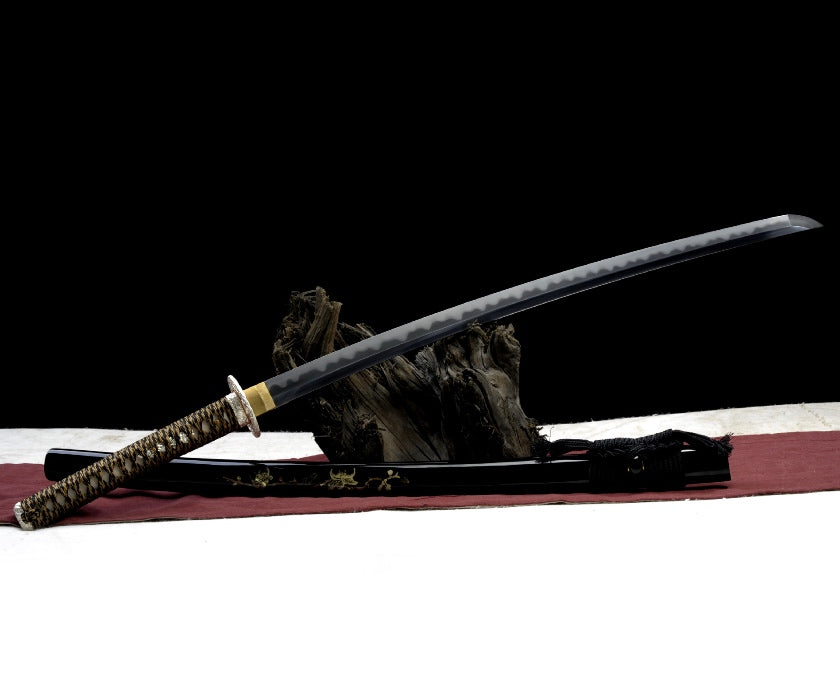
Katana prices vary widely — an antique-grade katana can sell for tens of thousands of dollars, while a modern real katana made from steel might cost just a few hundred. That’s a price gap of more t...

You may have seen many different katanas, but you might have overlooked that katana blades also come in many types. The most common blade shape today is shinogi-zukuri—this is what you’ll usually s...
Shop katana
Our katana store offers a wide selection of japanese swords — from traditional katanas and anime-inspired designs to fully functional blades — featuring a variety of materials and craftsmanship to suit your preferences.

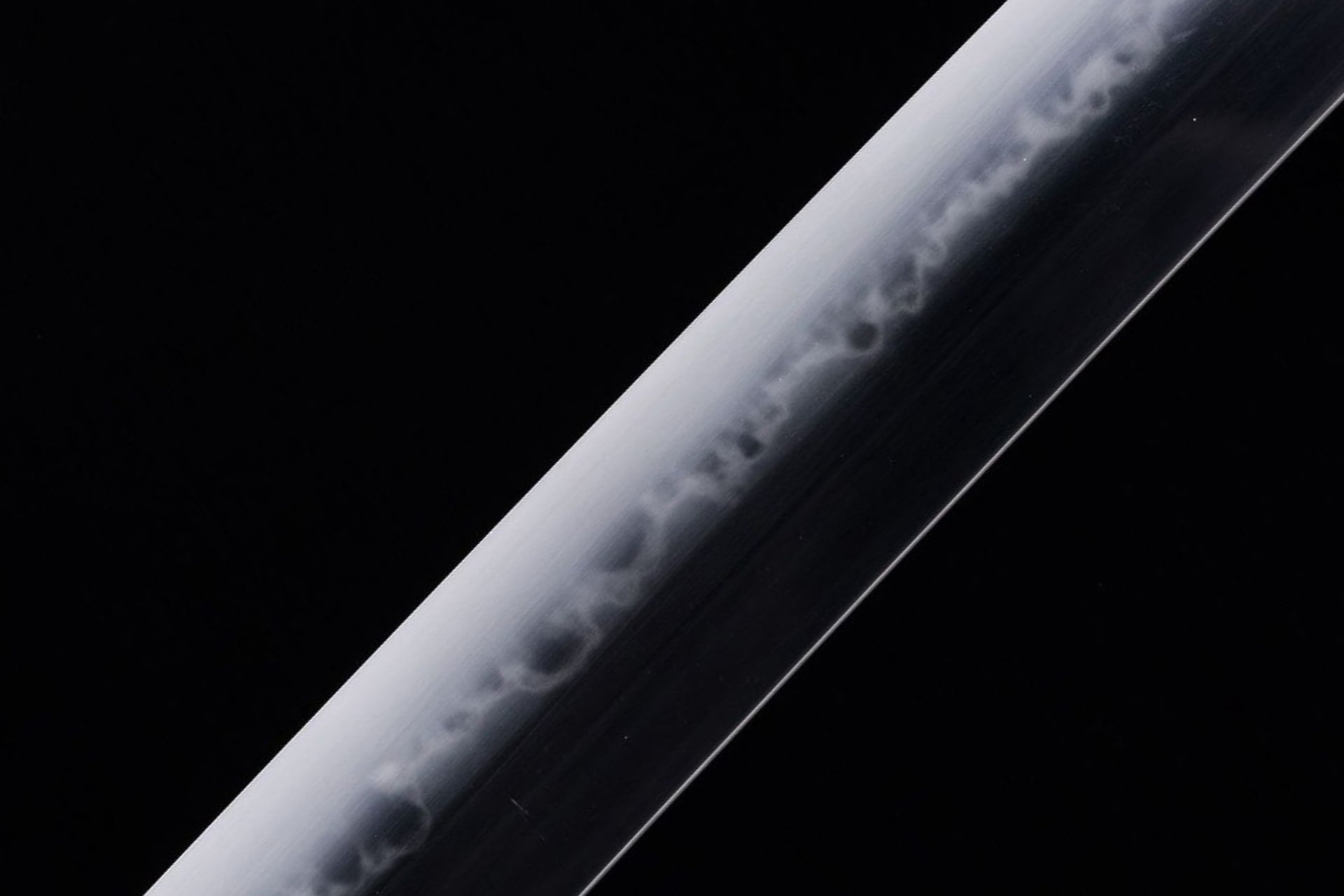
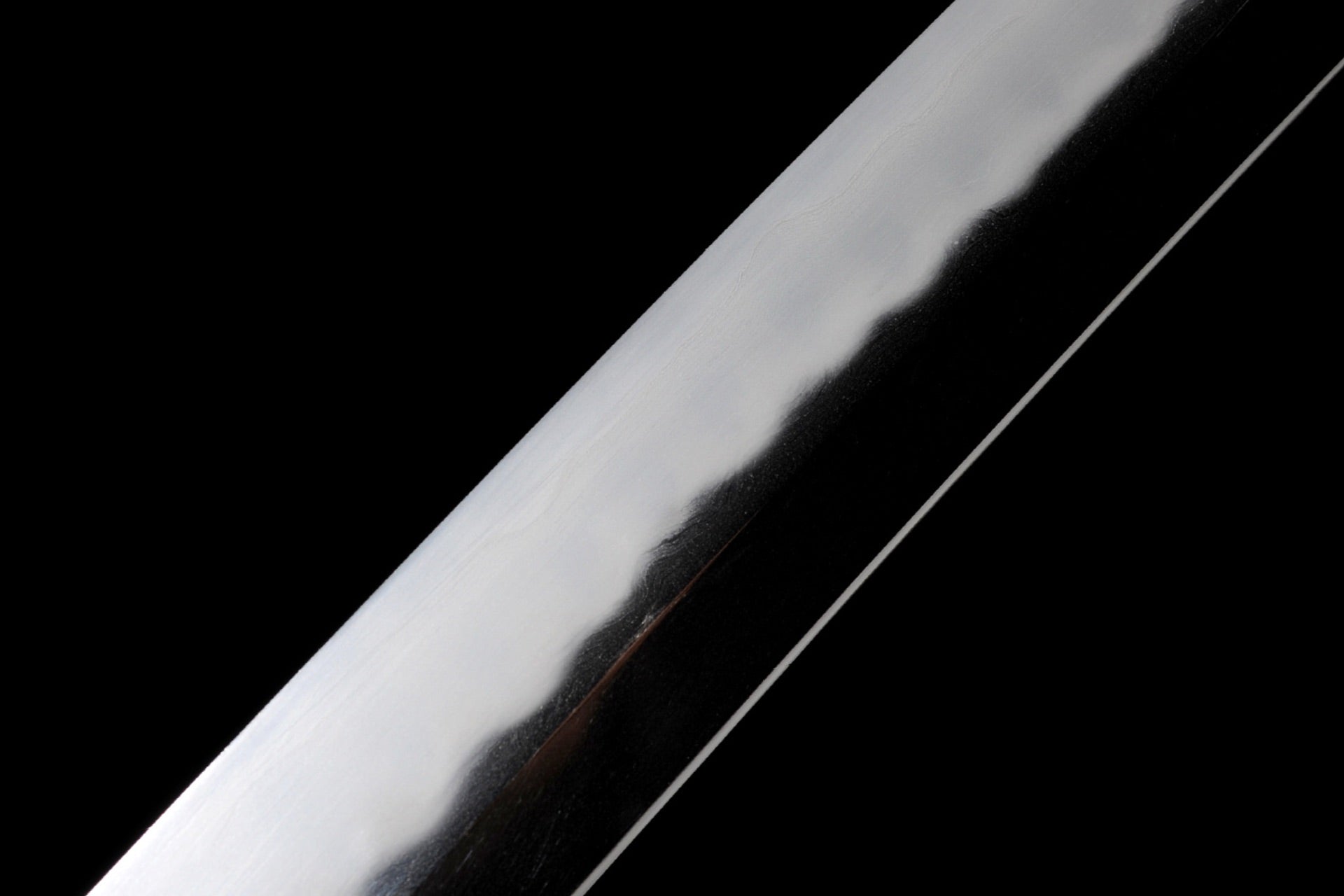
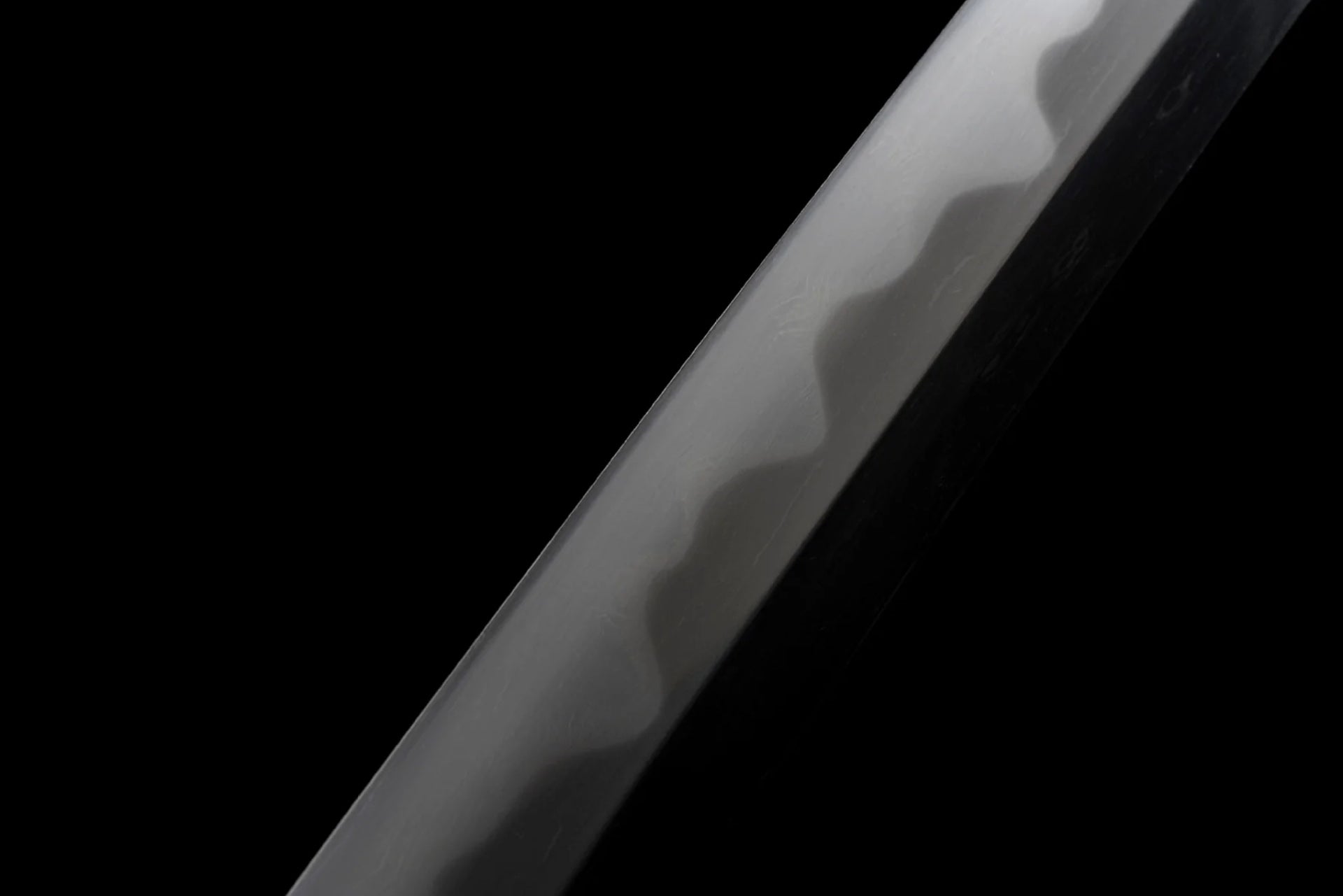

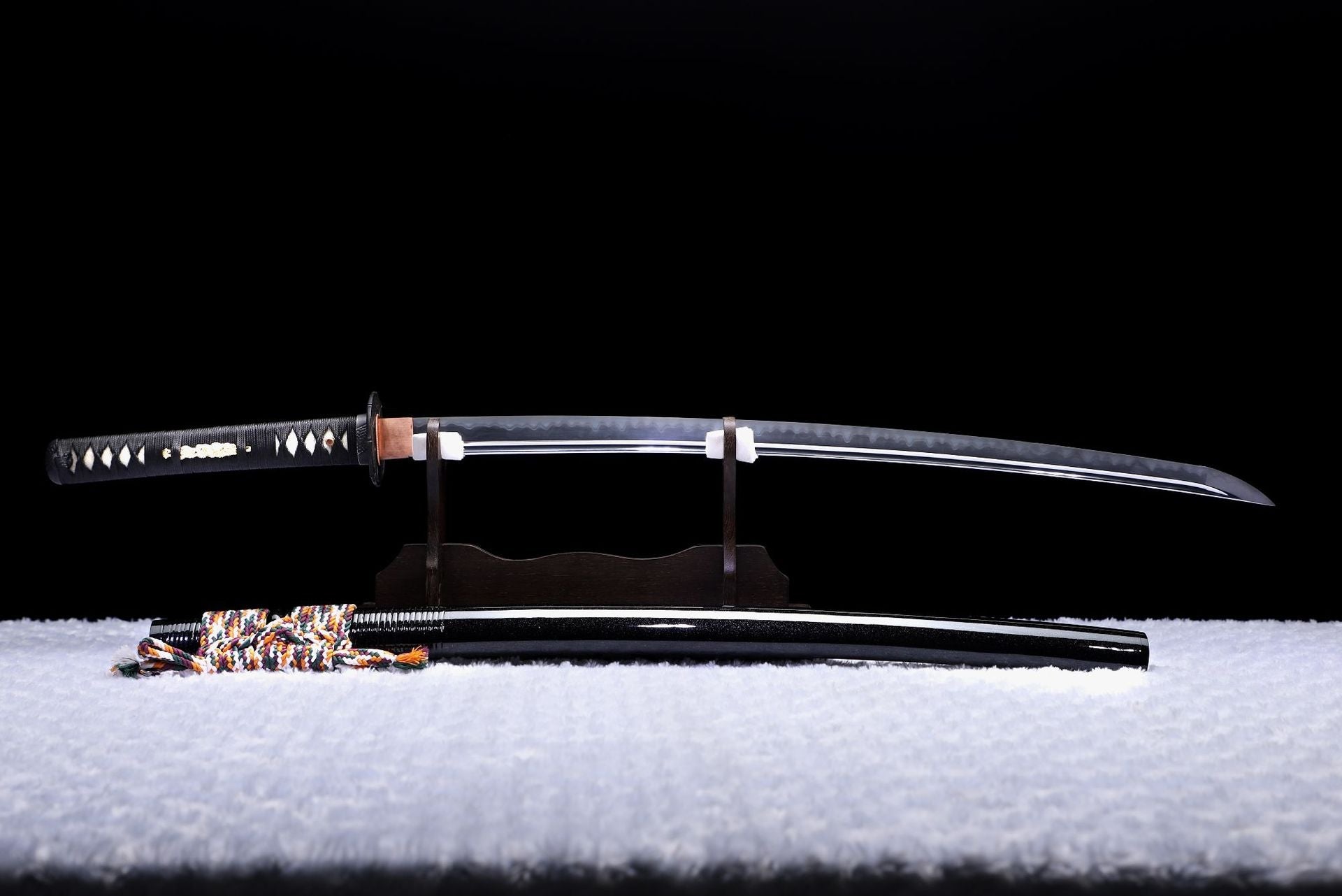
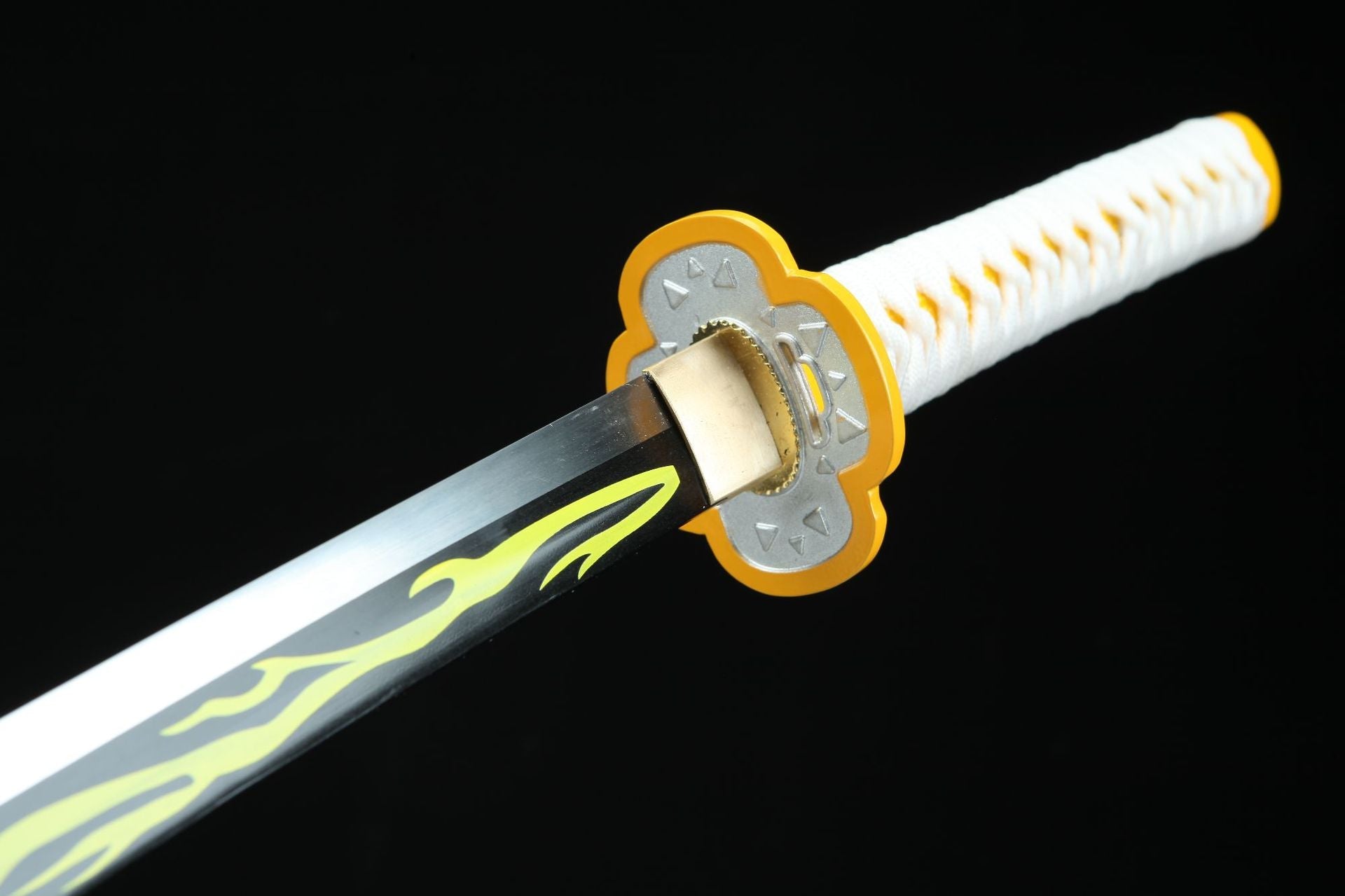
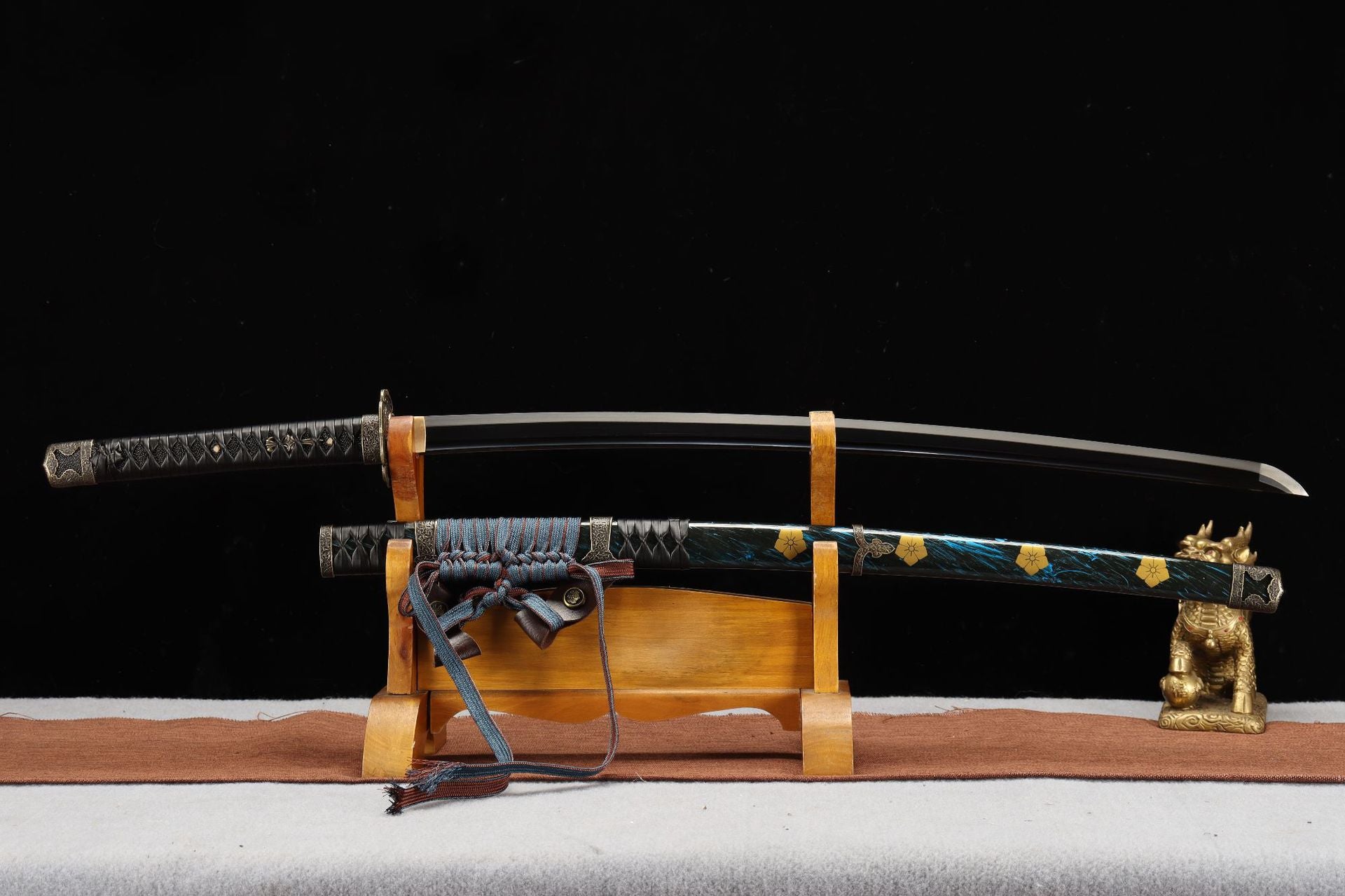
Leave a comment
All comments are moderated before being published.
This site is protected by hCaptcha and the hCaptcha Privacy Policy and Terms of Service apply.